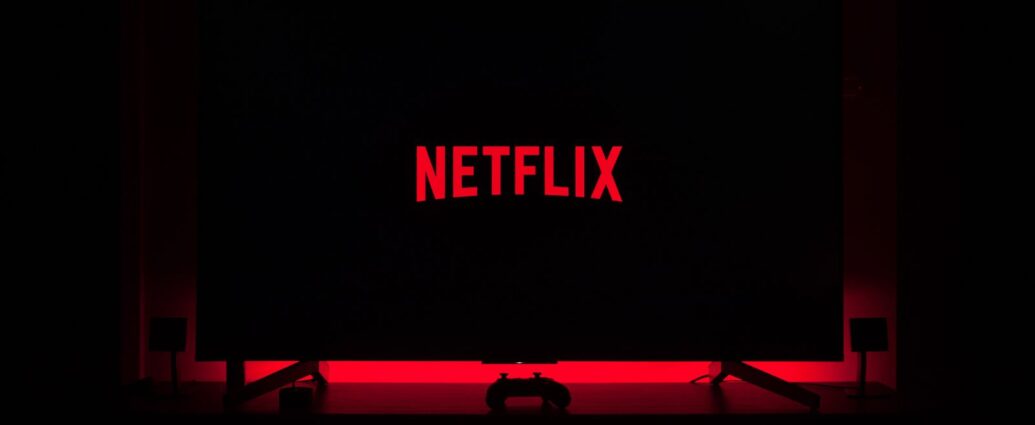Michelle Monaghan
A sneak peek of Netflix‘s live-action Avatar: The Last Airbender has been released, igniting an age-old question – is animation simply better than live-action?
The live-action teaser has reignited debate regarding whether the show, which is set for a 2024 release, will be as good as the original animation.
‘Rocky’ Beginnings
The show’s rocky path began in 2020 when its co-creators quit the project, setting the tone for the movie’s tumultuous journey.
In an open letter to Avatar fans, Michael Dante DiMartino announced that he and his Avatar co-creator Bryan Konietzko were leaving the Netflix production.
“What I can be certain about is that whatever version ends up on-screen, it will not be what Bryan and I had envisioned or intended to make.”
After two years, both creators had enough, feeling that their ideas for the series didn’t align with what Neftlix was trying to convey.
DiMartino said: “Netflix’s live-action adaptation of Avatar has the potential to be good. It might turn out to be a show many of you end up enjoying.
“But what I can be certain about is that whatever version ends up on-screen, it will not be what Bryan and I had envisioned or intended to make.”
Upon their exit, loyal Avatar fans launched a petition via Change.org called ‘Demand Cultural Representation & Age Appropriation in Netflix’s ATLA-Live Action Series’. As of July 1, 36,369 people signed the petition, hoping Netflix would listen to concerns about the film staying true to the original series.
Avatar: The Last Airbender and Other Remakes
Past remakes certainly do not set a positive precedent for this latest remake and fans are right to be concerned. Especially after M. Night Shyamalan’s The Last Airbender in 2010.
Shyamalan’s film was the first live-action remake of Avatar – but it was met with lots of criticism. The 2010 movie had many issues, including a whitewashed cast, which led fans to petition for characters to be recast. Many also felt there was a lack of humour and emotional impact in the 2010 film. Others also suggested that the remake was trying to force too much material into a short running time.
https://www.tiktok.com/@watchmojo/video/7246792813420088582?_r=1&_t=8dgl9ZC4i1j
Video of new live-action cast| Video credit: WatchMojo
Adding to the long list of problems was that DiMartino and Konietzko were not involved in the film. In the beginning, the creators praised Shyamalan for making the film.
Konietzko told Newsweek that: “He is a great guy who really respects the material. It means a lot to us that he personally chose to do this project, and we look forward to helping him in any way.”
“In the beginning, it was more positive and we offered help, but then we had a big falling out.”
Unfortunately, the film got the all-clear to begin production without DiMartino and Konietzko’s approval. Later, in a 2014 interview with Nerdist Writers Panel, Konietzko stated: “A, we didn’t want it to be done at all. Before anyone was attached, we didn’t want it. And then B, if it was going to be done. We wanted to do it, but they weren’t going to let us. C, when they attached Night, we just thought, ‘Well, this is what we’ve been dealt.
“We’ll just offer help when it’s asked of us, and if it’s not, we’ll stay out of the way.’ In the beginning, it was more positive and we offered help, but then we had a big falling out.”
Is animation better?
Throughout many of the behind-the-scenes squabbles, the ultimate question remains – does Avatar need to be live-action? Especially when the original animation is what made people fall in love with the series in the first place. To put it simply – it does not.
Animation is great because it can appeal to an audience of all ages. It can also be used to handle complex topics in a way that is easily understandable.
For instance, the Fire Nation is presented as evil beyond words, while characters like Zuko – the Crown Prince of the Fire Nation – have significant flaws, they are still viewed as good people. Here, complex moral dilemmas are shown in a digestible way, introducing a wide audience to important issues.
Making difficult emotions easy to understand

Animation can also be used to portray emotion in a way that is clearer than other types of media. It can explore several angles of a character’s emotions simultaneously.
For example, in season 1, when Aang returns home for the first time in over 100 years after being frozen in ice, it is revealed that he is the only Air Nomad left in the world.
The Fire Nation knew that the next Avatar would be an Air Nomad. So they killed every last one of them, sparing no one. Except for Aang, who after discovering he was the Avatar, had left before these events unfolded.
“Aang remains oblivious, filling the audience with dread as they anticipate what will happen.”
Before finding out about the genocide of his people, Aang explores his old home and reminisces about his past, despite Katara trying to tell him what occurred.
Flashbacks show these happy memories, building up the tension as Aang remains oblivious. As the scene continues, the audience fills with dread as they anticipate what will happen. Aang then uncovers what happened to his people and culture upon seeing the remains of Fire Nation military uniforms, alongside his mentor’s skeleton.
His reaction is a genuine portrayal of grief, forging a strong connection between Aang and the audience through clever animation techniques. A reaction and connection that animation is able to uniquely facilitate.
Some audience members may relate to Aang’s situation more emotionally than others. Especially if they too have experienced losing a loved one.
The magic of animation
At the heart of Avatar: The Last Airbender is the nature-bending elements via animation, these elements are able to be unlimited. But, in live-action, there are restrictions on what can be performed. Live-action movies are limited by special effects editing and what looks natural.
“The original will always be better than any remake”
In comparison to successful animations like The Spider-Verse, live actions are unable to unleash the full potential of the character’s abilities, making the impossible possible. This magic is unique to animation.
There’s no telling if the Netflix adaptation of Avatar: The Last Airbender will be any good until it’s released. But what will always be certain is – the original will always be better than any remake.
READ NEXT:
-
Spiderman: Across the Spiderverse is the sequel the series deserves
-
Queen Charlotte: A Bridgerton Story is more historically accurate than you think
-
The Little Mermaid: A big step towards diversity
Featured image courtesy of Thibault Penin via Unsplash. No changes were made to this image. Image license found here.

